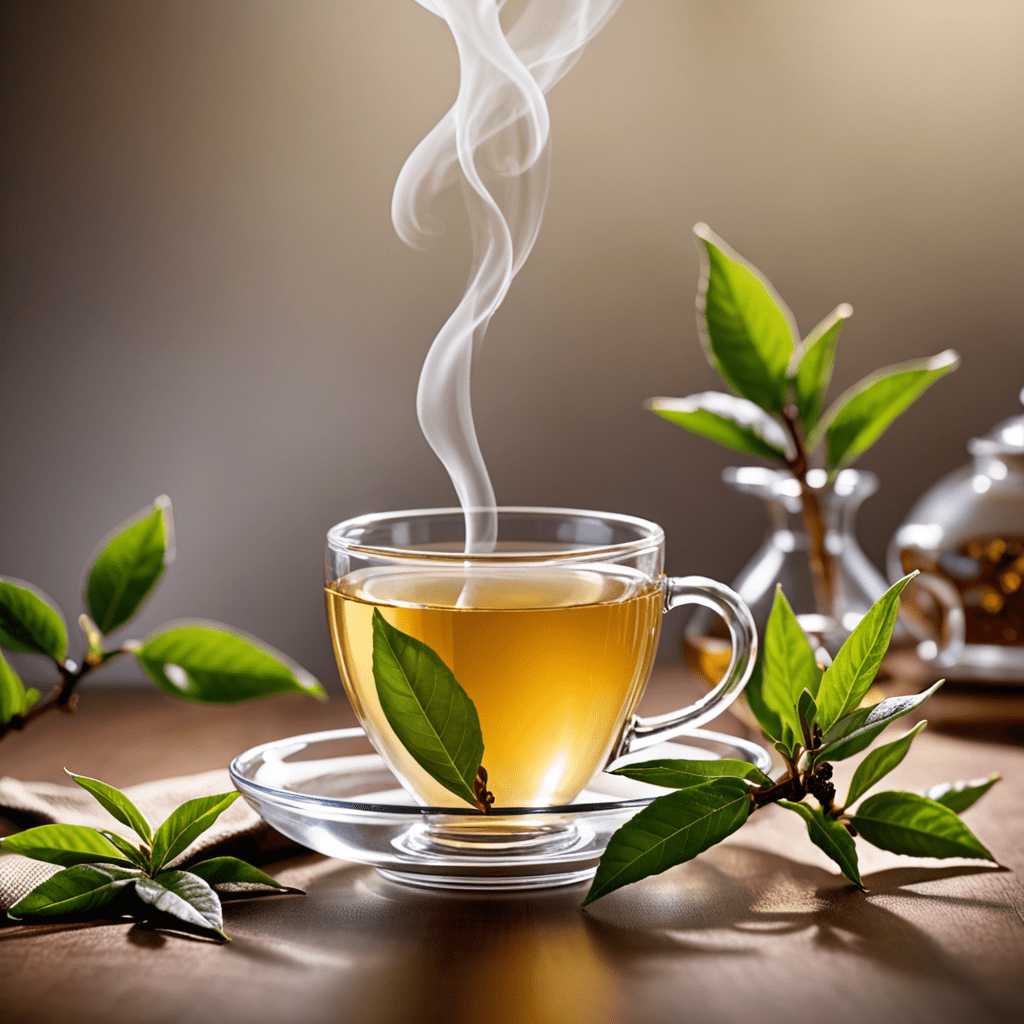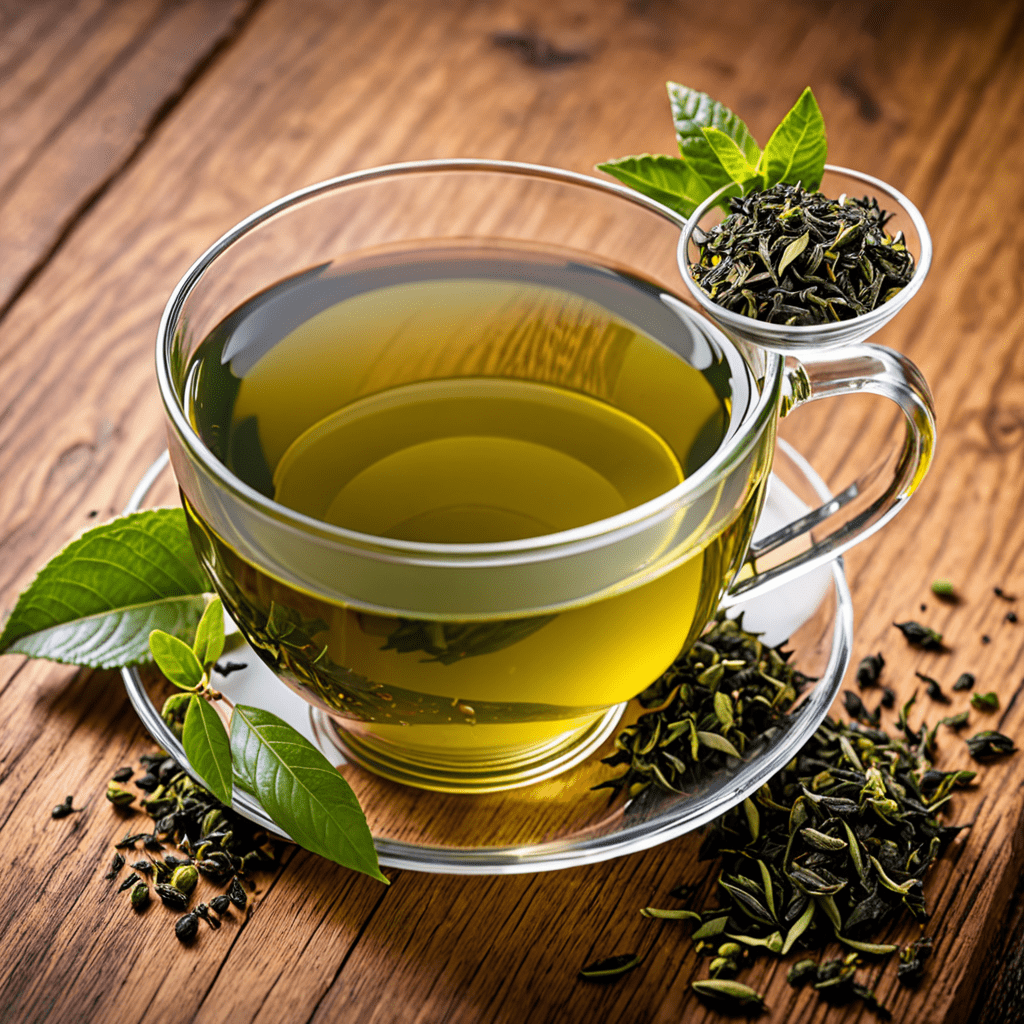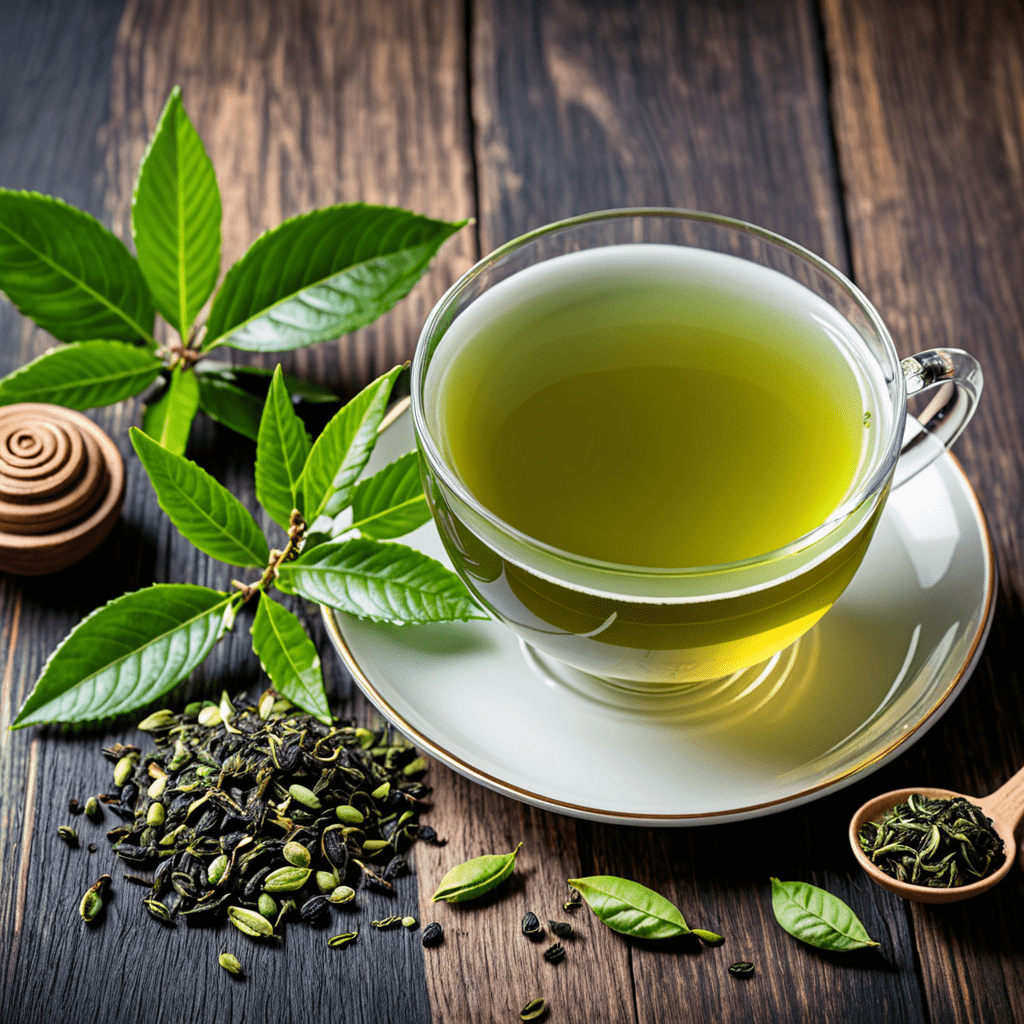White Tea: A Whisper of Tea Elegance
White tea, known for its delicate flavor profile and subtle aroma, is often referred to as the epitome of tea elegance. In this blog post, we will explore the origins, processing methods, health benefits, and brewing techniques associated with this exquisite tea variety.
The Origins of White Tea
White tea dates back to ancient China, where it was reserved for emperors and nobility due to its rarity and exquisite taste. Traditionally sourced from the Fujian province, white tea is made from the young leaves and buds of the Camellia sinensis plant.
Processing Methods
Unlike other types of tea that undergo extensive oxidation, white tea is minimally processed. The leaves are simply plucked, withered, and dried, preserving their delicate flavors and natural antioxidants. This gentle processing method is what gives white tea its light color and subtle taste.
Health Benefits of White Tea
White tea is renowned for its numerous health benefits. Rich in antioxidants, white tea may help boost the immune system, promote healthy skin, and improve overall well-being. Additionally, studies suggest that white tea may have anti-inflammatory and anti-aging properties.
The Elegance of Brewing White Tea
To fully enjoy the elegance of white tea, it is essential to brew it with care. Use water that is around 175°F, and steep the leaves for no more than 2-3 minutes to avoid bitterness. The resulting brew should be light, fragrant, and subtly sweet, embodying the essence of tea elegance.
Popular Varieties of White Tea
There are several popular varieties of white tea, including Silver Needle, White Peony, and Bai Mudan. Each variety offers a unique flavor profile and aroma, ranging from floral and fruity notes to hints of honey and melon.
Pairing White Tea with Food
White tea’s delicate flavors make it a versatile pairing option for a variety of foods. It complements light dishes such as seafood, salads, and fruits, enhancing the overall dining experience with its subtle elegance. For a truly exquisite pairing, try white tea with delicate pastries or creamy desserts.
Experience the Elegance of White Tea
Whether you are a seasoned tea enthusiast or new to the world of tea, exploring the elegance of white tea is a truly rewarding experience. From its delicate flavors to its numerous health benefits, white tea offers a whisper of elegance in every sip, making it a timeless classic in the world of tea.
FAQ About White Tea
What is White Tea?
White tea is a delicate and minimally processed type of tea made from the leaves of the Camellia sinensis plant. Known for its subtle flavor profile and light color, white tea is often considered the most elegant and least processed tea variety.
How is White Tea Different from Other Teas?
White tea undergoes minimal processing compared to green, oolong, or black teas, which helps retain its delicate taste and high levels of antioxidants. It is harvested at an early stage and undergoes minimal oxidation, giving it a subtle and nuanced flavor.
What are the Health Benefits of White Tea?
White tea is rich in antioxidants, which can help boost the immune system, improve skin health, and promote overall well-being. Studies suggest that white tea may also aid in weight management and have anti-aging properties.
How Should White Tea be Prepared?
To prepare white tea, use water that is around 175°F (80°C) and steep the tea leaves for 1-3 minutes. Avoid using boiling water, as it can result in a bitter taste. White tea can be enjoyed plain or with a touch of honey or lemon.
Is White Tea Caffeinated?
Yes, white tea naturally contains caffeine, but in lower amounts compared to black tea or coffee. The



